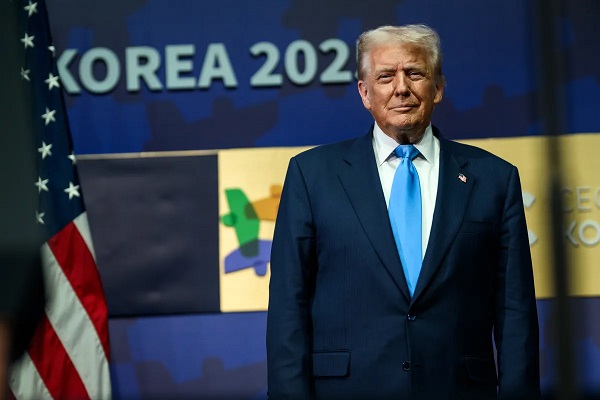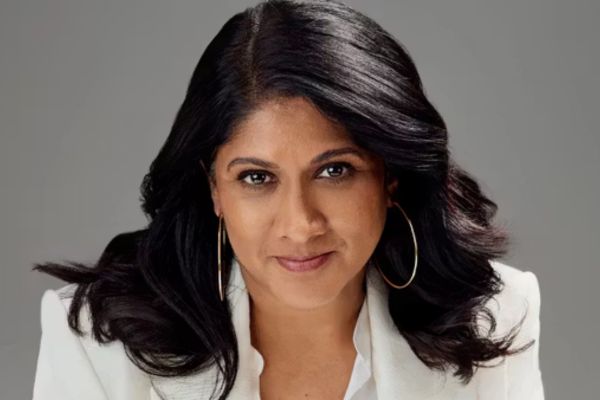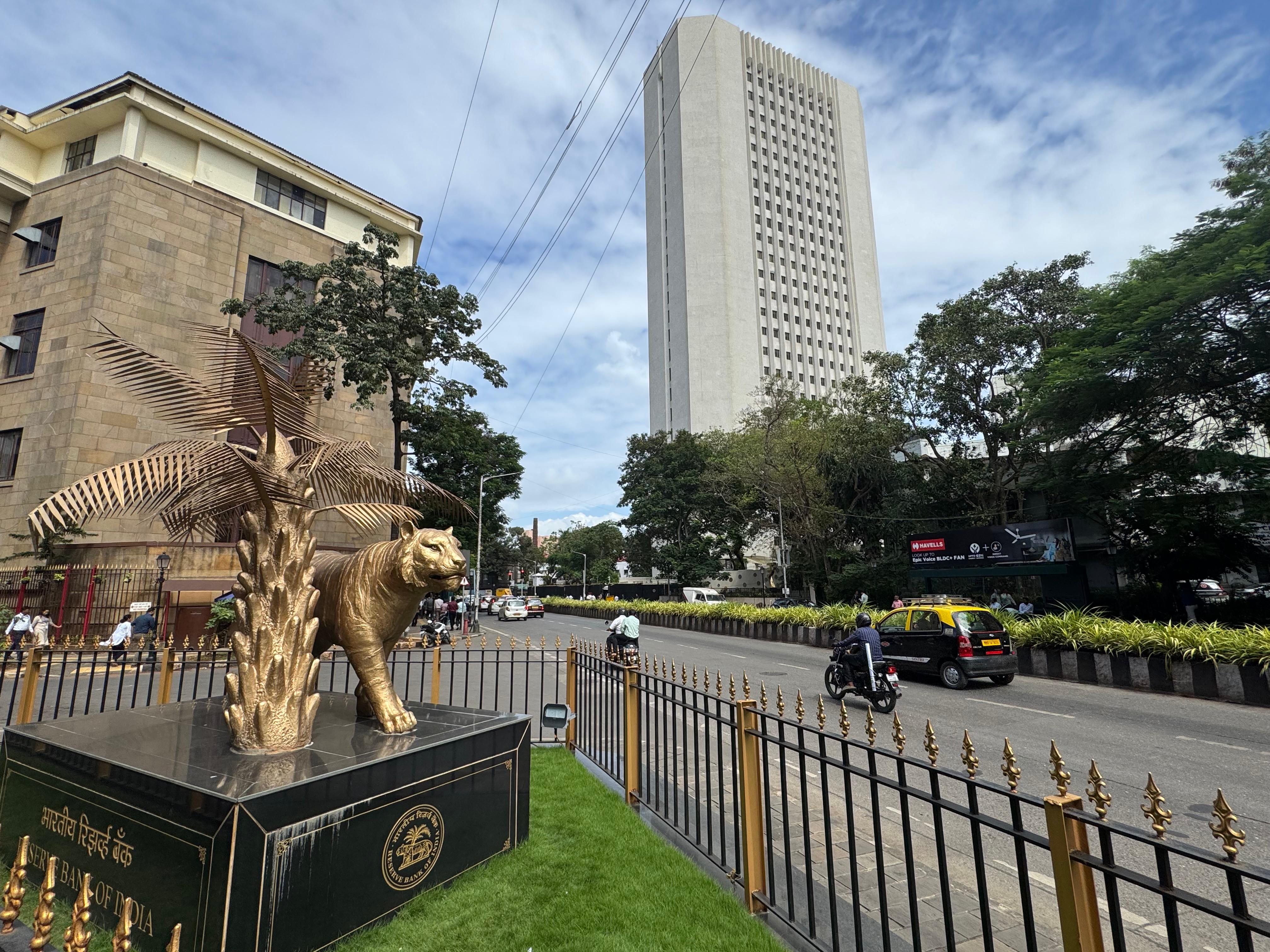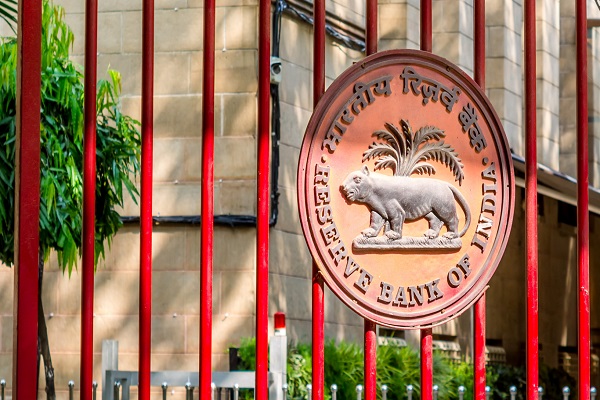.png)

Ajay Srivastava, founder of Global Trade Research Initiative, is an ex-Indian Trade Service officer with expertise in WTO and FTA negotiations.
November 12, 2025 at 6:42 AM IST
At a White House ceremony on November 11, 2025, US President Donald Trump said the United States and India were “pretty close” to a trade deal and promised to lower tariffs on India. He said that the high tariffs were imposed because India had been importing oil from Russia, but added that “India has stopped buying Russian oil very substantially,” and “we’re going to be bringing the tariffs down.”
Trump’s comments came as the US Supreme Court began hearing a major case on whether the president has the authority under the International Emergency Economic Powers Act to impose such tariffs. Several justices questioned whether the law allows such sweeping powers. If the Court rules against Trump, the duties would be declared illegal and withdrawn, potentially reshaping global trade and directly affecting US-India negotiations.
GTRI’s three-step plan urges India to first complete its exit from sanctioned Russian oil, then secure a rollback of the 25% “Russian oil” tariff to restore competitiveness, and only afterward resume balanced trade negotiations with the US on equal terms.
1) End crude oil imports from sanctioned Russian firms. Trump has acknowledged that India has largely done this, so Step 1 is complete.
2) Secure tariff rollback before trade talks. With Russian oil imports curtailed, India should press Washington to withdraw the 25% “Russian oil” tariff. This would reduce the overall US duty burden on Indian goods from 50% to 25%, boosting competitiveness in sectors like textiles, gems and jewellery, and pharmaceuticals without rushing into a full trade deal.
3) Resume trade negotiations after tariffs come down to 25%. Once duties are rolled back, India should restart talks for a balanced trade agreement, aiming for parity with partners like the EU and targeting average industrial tariffs of about 15%.
Also, India may wait for the US Supreme Court’s decision on Trump tariffs. The Court may uphold earlier rulings and strike down the tariffs. If that happens, India will be in a much stronger position to pursue a fair, forward-looking trade deal with the US, free from the pressure of unilateral duties.




